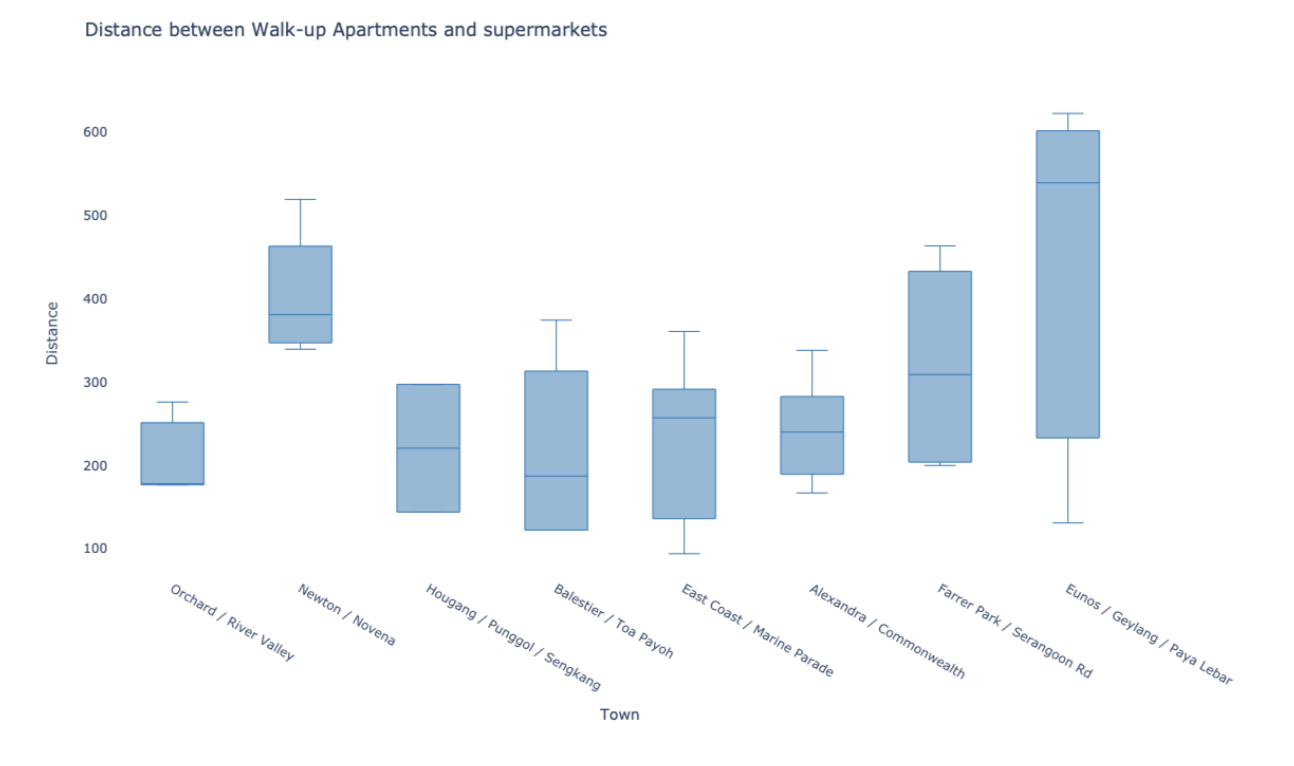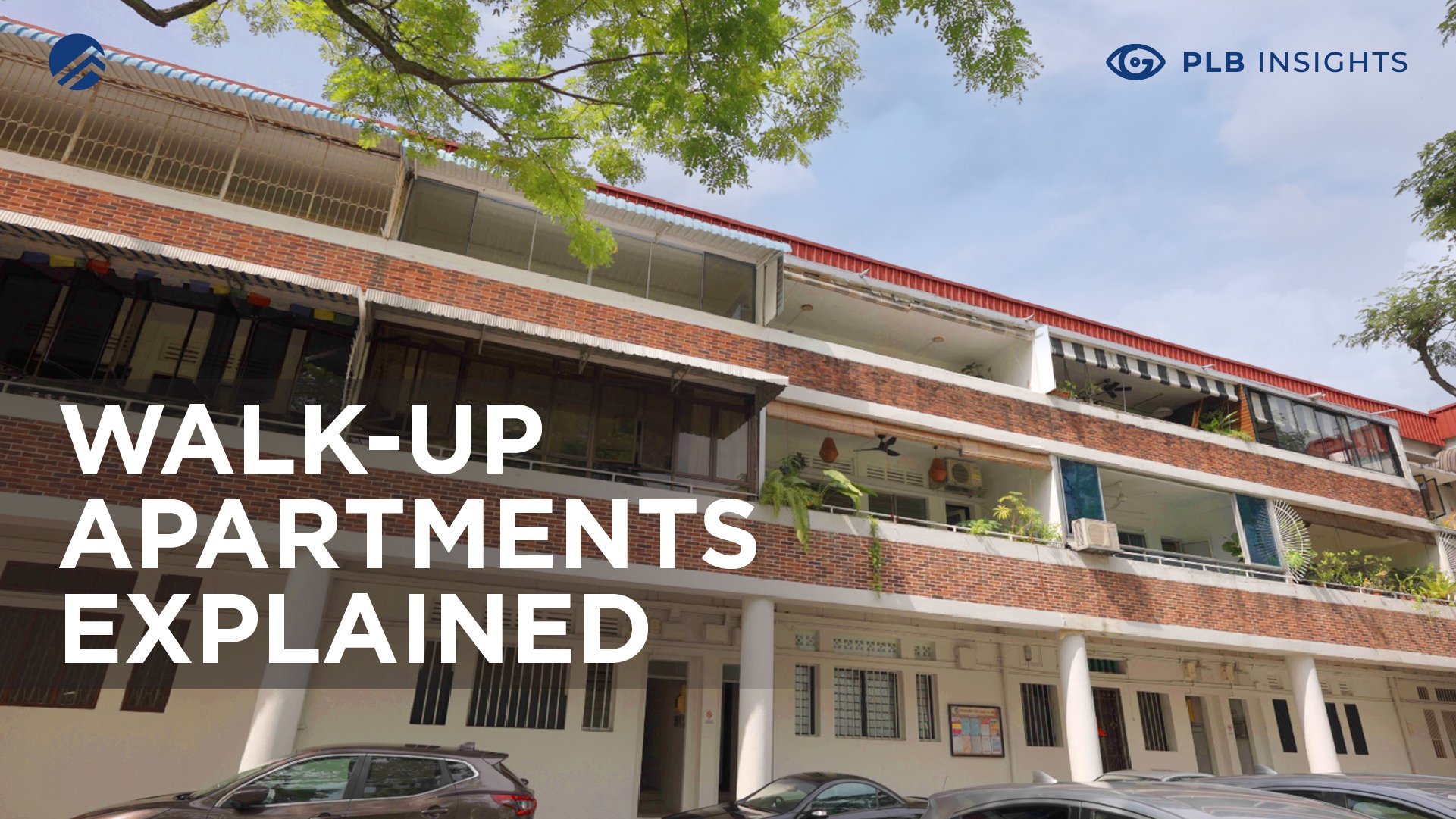
In metropolitan Singapore, high-rise buildings are a normal part of daily living and working experience. To escape the urban jungle, penthouses connect residents to the skies and have drawn a large premium. Today, we exchange these ultra-luxe penthouses for simple and communal living found at Walk-up Apartments.
Walk-Up Apartments are what their names suggest. Without lifts, residents walk up a few flights of stairs to get to their residences. It is a unique living experience especially when HDBs and condominiums in Singapore continue to be built higher and elevator rides get longer.
For potential buyers out there, we will share some unique features of Walk-up Apartments, their place as both stores of value and heritage, and some practical considerations before buying a Walk-up Apartment.
Although the broad category of Walk-up Apartment includes shophouses, an in-depth explainer on this unique combination of residential and commercial in a single building is best saved for another article.
History
Walk-up Apartments were first constructed prior to World War 2. Residents were encouraged to move from their kampungs to better housing facilities. Walk-up Apartments, having few units and easy access to public facilities, provided the perfect blend of modern living while retaining a sense of community that kampungs had.
In the 1920s, one of the first Walk-up Apartments was constructed in Tiong Bahru when the Singapore Improvement Trust (SIT) was tasked to house the homeless that did not fit into housing improvement schemes.
At the time, it was believed that back lanes were believed to reduce congestion and provide better ventilation, more light and access to public infrastructure. This is perhaps the reason why Walk-up Apartments are generally located near alleyways or surrounded by open spaces for public interaction.
While most Walk-up Apartments are privatised entities, Tiong Bahru has public and private Walk-up Apartments divided along Seng Poh Road.
SIT’s mission in the 1920s was to create houses for the homeless that did not fit into Singapore’s housing improvement scheme. Walk-up Apartments were available for rent but were snapped up by the “clerical class” due to the popularity of the area and thus high rental fees.
Under the Home Ownership Scheme in 1967, the Ministry of National Development sold the now-conserved Tiong Bahru flats as private entities. Conversely, non-conserved flats were later sold by HDB as publicly-owned properties.
Important regulatory requirements and pricing strategies distinguish publicly and privately owned Walk-up Apartments, but we will get to this later!
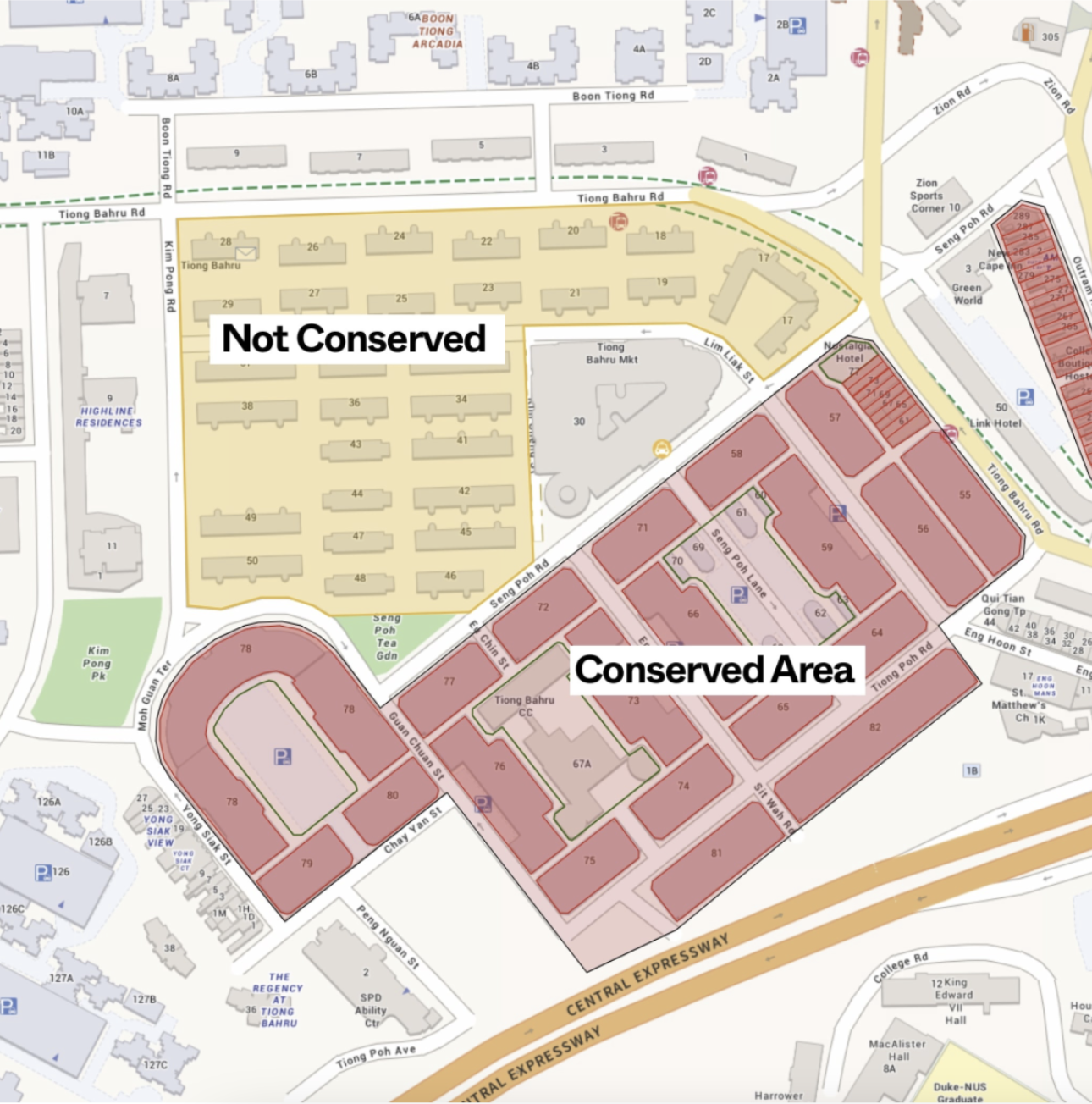
Image Credits: StackedHomes
Location of Walk-up Apartment
Generally, Walk-up Apartments are located in the CCR and OCR areas, specifically Tiong Bahru, Novena, Farrer Park and Marine Parade areas. Looking at the prices of all Walk-up Apartments, prices are generally within the $1-$2 million range. Age is definitely a factor here as the oldest Walk-up Apartments at Tiong Bahru/Bukit Merah have some of the lowest quantums in the market.
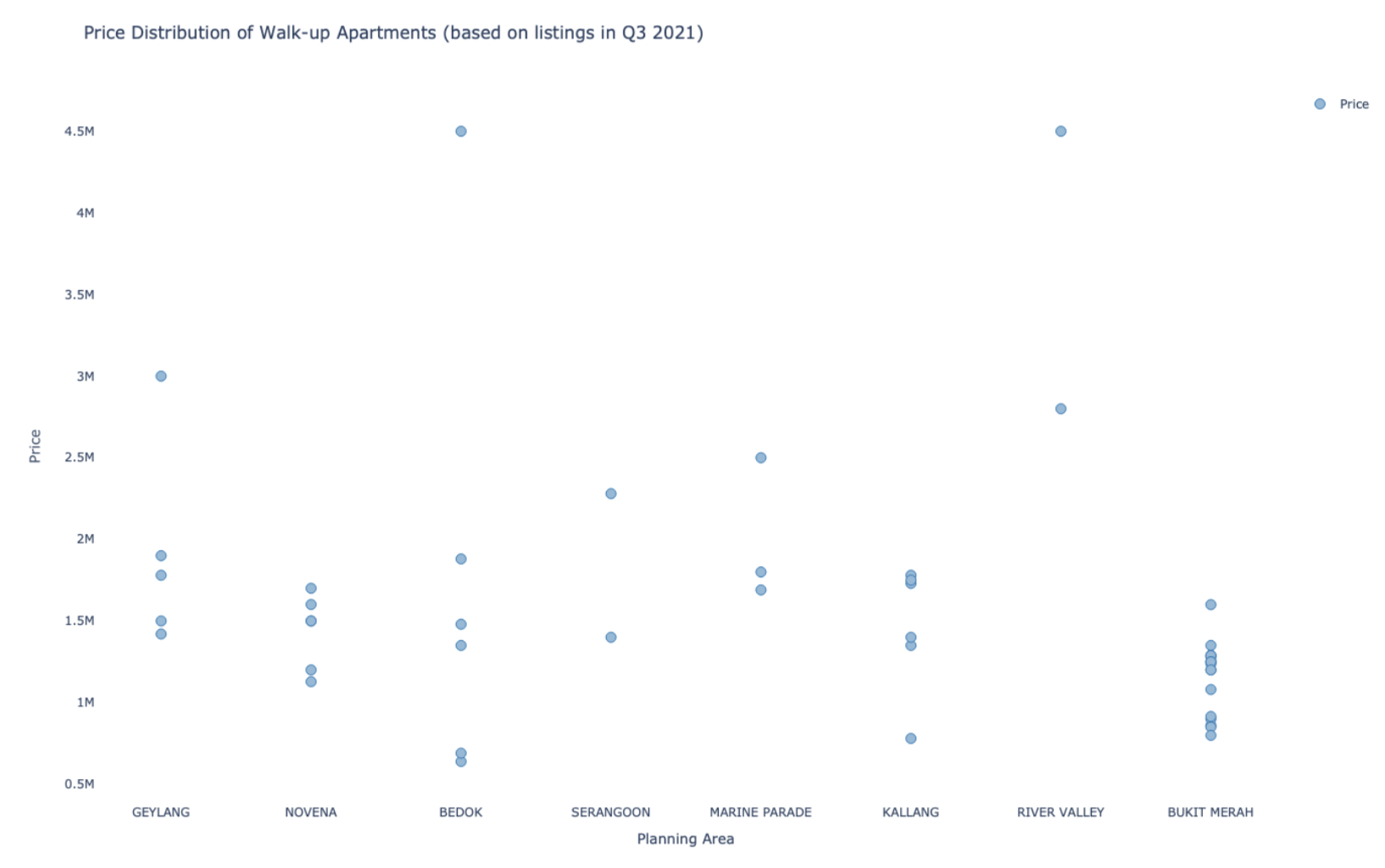
Asking price of Walk-up Apartments (based on listings Q3 2021)
Walk-up Apartments are also very accessible. From our analysis, the average distance between Walk-up Apartments and MRTs is 300m-1k, 350m away from a supermarket. The connectivity of Walk-up Apartments are comparable to most condominiums out there.
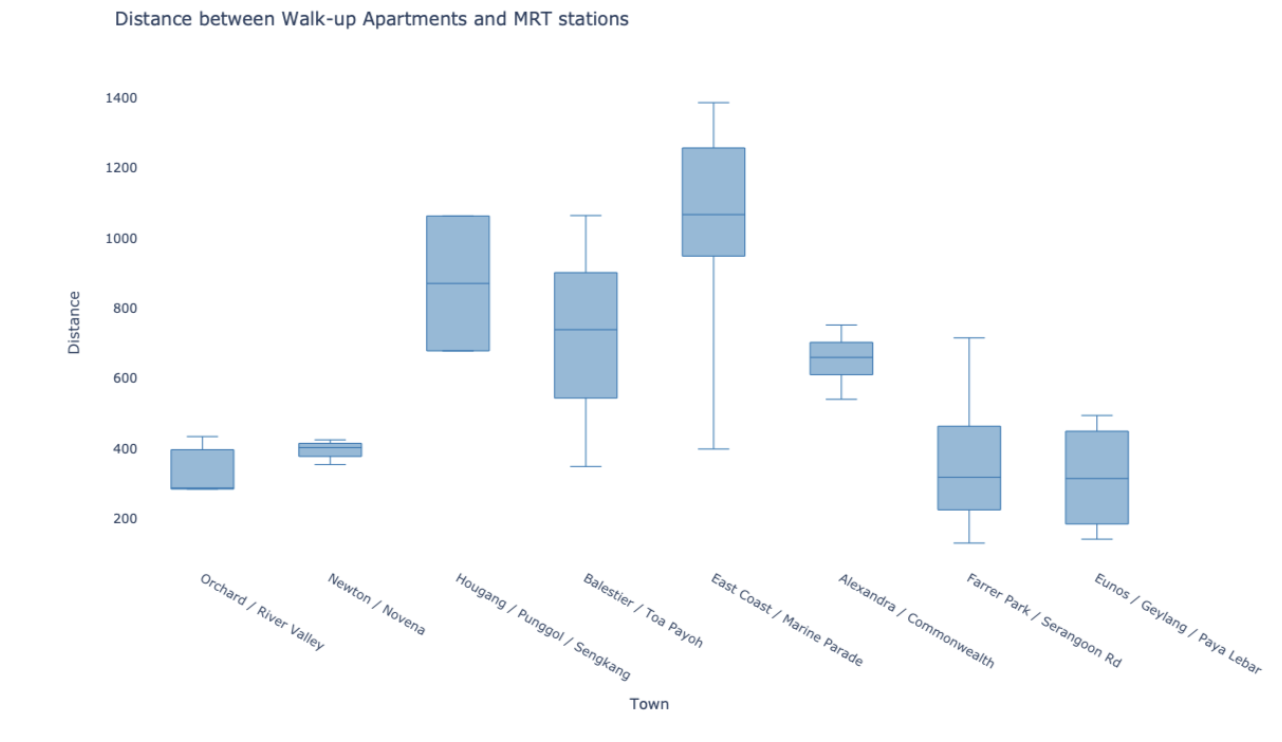
Types of Walk-Up Apartments
The household configuration of Walk-up Apartments are generally the same as other residential houses. Ranging from 1-2 storeys, and possessing 2-4 bedrooms, there are no significant layout differences between Walk-up Apartments and other high-rise residential properties.
A lucky few are able to occupy jumbo Walk-up Apartments. Like those at Moh Guan Terrace, this unique layout could essentially be separated into two studio units—one for personal use and one for rental yield. All you need is a door connecting both “units” and this Walk-up Apartment becomes a dual-key unit ready to collect rental yield.
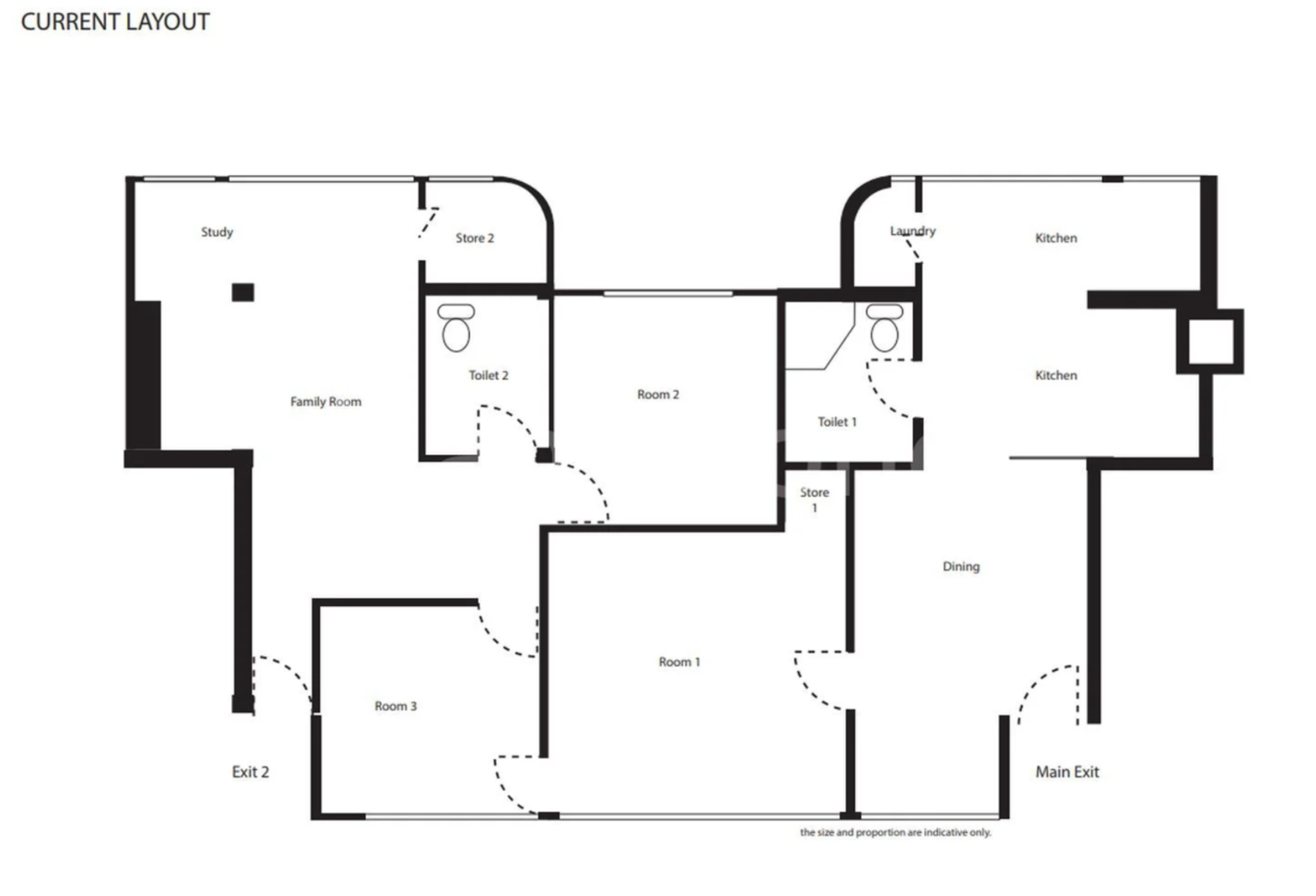
Moh Guan Terrace. Source: 99.co
Architectural styles also vary quite a bit. Other than modern facádes, Walk-up Apartments at Tiong Bahru may include Malayan influences that reinterpret the “traditional single-family urban brick-and-timber terraces” of the past. Those at Bugis Street have uniquely colourful spiral staircases at the back alleyways.
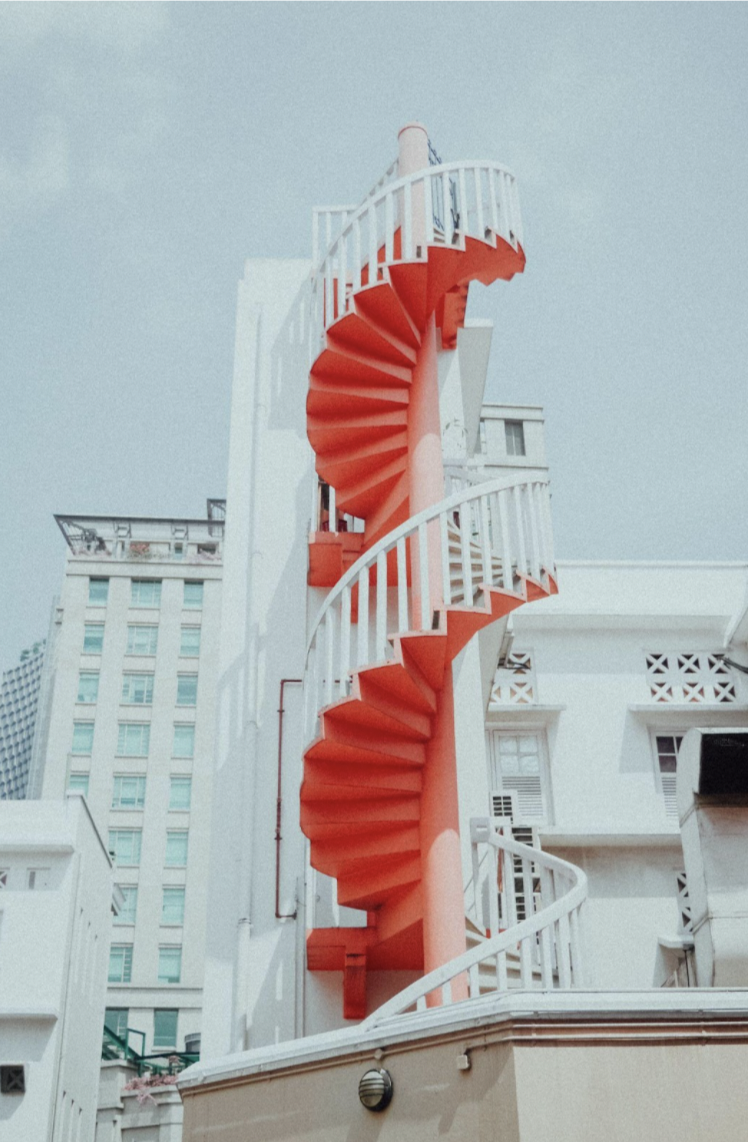
Colourful spiral staircase in a back alley at Bugis Street. Source: Unsplash/Tojo
Who are Walk-Up Apartments for?
Walk-up Apartments are a great final home for those who find themselves deciding between a condominium or Walk-up Apartment with lower balance lease.
Judging by the quantum and floor size, Walk-up Apartments offer an arguably better price point than surrounding condominiums. A quick search on the listings in the market will find a 2-bedroom Walk-up Apartment standing at 1249 sqft asking for $1.29M, bringing the PSF to only $1000 odd PSF. At the point of writing, the balance lease for the unit is at 45 years. This is undeniably a more entry PSF price compared to other surrounding condominiums. Looking at the prices of brand new, new launch units in the area, Avenue South is asking at $2100 odd PSF, whereas Riviere is commanding a premium upwards of $2300 PSF. At the same time, the 2-bedroom units for the new launches are merely standing at 700-800 sqft in size. Comparing to the prices of surrounding resale condominiums, they are priced at approximately $1.51M for a smaller unit of 900 odd sqft which brings the PSF to over $1500 PSF.
Buyers who do not use condominium facilities can also skip the additional maintenance fee in exchange for more space instead.
Again, Walk-up Apartments and common amenities are in close proximity so daily necessities are convenient and accessible.
The intangible value placed on WUAs may be subjective but cannot be understated.
What we’ve noticed is that Walk-up Apartments tend to appeal to those who have grown a little weary of modern living. After working in CBD skyscrapers and living in high-rise HDBs and Condominiums, low-rise living in Walk-up Apartments help to reconnect homeowners with the ground.
Going back to the roots also means closer interaction in kampung-esque structures. As Walk-up Apartments generally have fewer units, the close proximity between flats and neighbourhood amenities could facilitate interaction and nurture good neighbourly ties.
Walk-up Apartments along Tiong Bahru Street are popular for their generous balcony space. Huge balconies like those at Guan Chuan Street are perfect for those looking to get onboard with the gardening trend, or the environmentally conscious who want to chill, relax and enjoy the naturally ventilated spaces.
Walk-up Apartments can also be used as a “Pivot Home” for rental play. For singles, they can purchase this as their first home before transitioning into another property after sufficient capital appreciation; for couples, one partner can purchase the property for rental yield while the other purchases another private property for their own stay.
The Pivot Home strategy works because privatised Walk-up Apartments open up the tenant and buyer pools to both foreigners and those ineligible for HDB flats. In Tiong Bahru, private Walk-up Apartments are able to command anywhere from 20% to over 100% premium over their counterparts across Seng Poh Road. That’s a massive premium for flats that still have 40+ years lease remaining!
For a more detailed example on using Walk-up Apartments as a pivot home and investment property, check out our previous listing located at the Tiong Bahru district.
Considerations
Elderly and other inconveniences
As the name goes, Walk-up Apartments are only accessible via walking. Other than Walk-up Apartments that have ground-level units, most units are located between the 2nd to 5th floors. Walk-up Apartments may be less suitable for those with mobility challenges.
Walk-up Apartments also suffer from some inconvenience. During move-in day, larger furniture pieces will be a challenge to be brought in due to the sheer size and strength needed to bring them up staircases. On a more recurring basis, hauling that 5kg bag of rice up a few flights of stairs will likely be a common inconvenience. These challenges limit the tenant pool.
En-bloc potential
It is undoubted that some home buyers interested in Walk-up Apartments are investors hoping for an en-bloc.
Walk-up Apartments occupy small plots of land and a collective purchase of many en-blocs in the vicinity will enable developers to build boutique condominiums that may potentially bring higher returns.
To determine the en-bloc potential, one consideration is the pre-war/conservation status of the apartment. Pre-war Walk-up Apartments that are conserved (like the Eng Hoon Street buildings in Tiong Bahru) have virtually zero chance of being selected for en-bloc redevelopment. For HDB-owned Walk-up Apartments, there is a chance that the government will exercise its SERS powers to reclaim the estate at a higher quantum.
However, one is to note that ultimately there is nothing stopping the government from waiting out the lease till expiry or exercising VERS with a smaller profit.
Moreover, some real estate analysts also believe that the delay of HDB projects due to the COVID-19 pandemic and a shortage of unsold supply could spark a new en-bloc frenzy. With fewer owners, the distribution of sales proceeds can happen more evenly and hasten the en-bloc process.
Here at PLB, we believe that any tactical play involving en-bloc strategies are highly speculative and thus risky strategies. The purchase of a property should not be based solely on en-bloc potential but on multiple points of analysis to ensure that the property is geared for growth.
Negotiating the heritage
Purchasing older Walk-up Apartments also comes with many hoops th
at homeowners have to jump through.
First, there is the potential constraint on bank loans. Walk-up Apartments are generally older with a remaining balance lease of 40-60 years. However for bank loans, the maximum loan tenure is at 30 years. Otherwise, the addition of the buyers’ age and the loan tenure must be below 65 years. For older buyers, this means that your loan tenure may potentially be shorter, resulting in higher monthly repayment.
Second, the age of older Walk-up Apartments may introduce infrastructure challenges. Waterproofing in adjacent flats may be worn out, so please do your due diligence when going for home tours and find any signs of water seepage.
Third, URA has issued guidelines to mandate how the facádes of conserved Walk-up Apartments have to be maintained, including some of the best practices in conserving the pre-war structures. Homeowners should be fully in love with the idyllist heritage charm before purchasing such properties to balance modern fixtures with heritage elements.
Finally, as Walk-up Apartments begin to show their age, issues of plumbing and maintenance may surface. Buyers will not only have to thoroughly check their units before purchase but they will also have to be aware that water seepage can come from neighbours’ bathrooms which may have lost their waterproofing
Conclusion
Walk-up Apartments are a niche class of properties in Singapore. Without a lift, they may not be the choice place of residence for homebuyers accustomed to high-rise living. Their old age may also not appeal to buyers who could get similar properties for the same quantum but with a longer lease life or a more modern architecture.
The potential for a windfall from en-bloc sales is definitely enticing. However, if an en-bloc doesn’t happen, the old age of Walk-up Apartments may force homebuyers to own their residences until lease expiry. For this reason, Walk-up Apartments may not be suitable for first time buyers or families looking for an en-bloc investment opportunity.
But having the costs and minor inconveniences considered, if heritage and unique architectures charm you, then a Walk-up Apartment may serve your needs. After all, a home that feels homely is important for a good night’s sleep.
Whether you’re looking for walk-up apartments as an investment or for stay, drop us a text anytime and we’ll be more than happy to show you the place.

